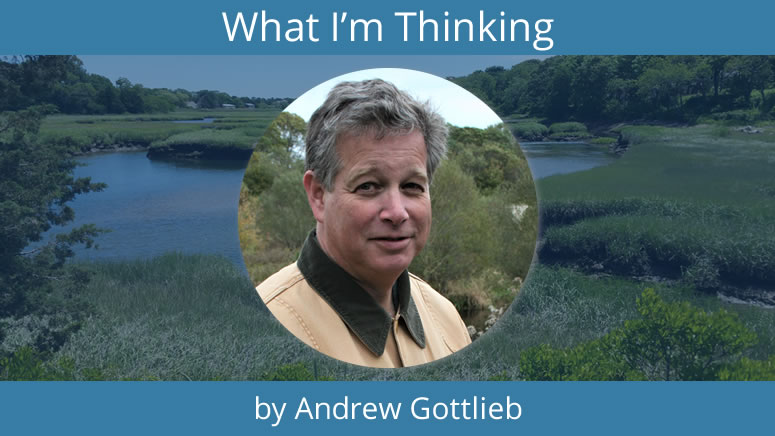A story this weekend about efforts to prevent one juvenile owl from succumbing to the rat poison that killed its parents and sibling struck a chord with me. Combined with learning last week from APCC’s own Associate Director Kristin Andres that it takes 5,000 caterpillars to successfully feed a nest full of black capped chickadee babies, it had me thinking a lot about the use of toxic compounds in our yards. America has developed quite a massive economy around killing things in nature. We apply toxins to kill weeds in our yards; we spray to kill the bugs in the air, on the ground and in the trees; and we put out poisons to rid ourselves of bothersome critters.
The problem is these toxins kill pretty indiscriminately, effectively and without regard for downstream and secondary effects. But therein lies the problem. The packaging tells you that you can kill the dandelions in your lawn, but it doesn’t tell you that dandelions are early sources of food for the bees that will pollinate your apple tree or make the honey you want to eat. But by taking away their food, you are lowering the survival rate of early pollinators at a time when their populations are crashing. Spraying your trees to keep the insects from munching and ruining the symmetry of the leaves isn’t intended to drive nesting birds from your yard, but it does. No food, in this case soft, easy to digest protein-filled caterpillars that are easy for baby birds to swallow leads to no birds in your yard. The rat poison you might buy doesn’t tell you on the package that owls, hawks or bald eagles that easily catch and consume rats weakened by the poison will also die, but that’s what killed this owl family last week and a bald eagle in Centerville in 2018.
The point is that pesticides, rodenticide and herbicides share one common and integral property, and that is their ability to kill things. It doesn’t matter if they are “natural” or “organic,” the dead thing they killed is not less dead and leave no less of a hole in the food chain because they died nobly as a result of organic poisoning versus that which comes from a lab and petroleum derivatives.
The other point is we can all live with a whole lot less use of these products. Some simple behavioral and attitudinal changes can make a difference. Rather than spray for mosquitos, pay attention to limiting the accumulation of standing water in your yard. It can be as simple as not letting water sit in an empty pot in your yard or emptying the saucer under your flowerpots so water doesn’t accumulate and provide a breeding pool for more mosquitos. Rather than look at a few holes in the leaves of your oak tree and see a problem, think of those holes as having allowed a caterpillar to grow and become food for the baby birds in that tree that will grow up and, once flying, will eat the mosquitos that might bother you. Realize that the raptor that didn’t get poisoned will happily prey on and keep in check the populations of small rodents you don’t want near your house. A healthy hawk will catch and consume more rats in its lifetime that you can ever hope to kill no matter how much money, time and effort you expend trying to do so.
Nature will work with us and knows how to balance things if we give it the chance. With all the huge problems in the world that seem beyond our ability to influence through individual action, this is an area where you can make a difference. This spring make the simple, and less expensive choice, and take a pass on the purchase and use of herbicides in your yard. Skip the spraying for bugs, and don’t use poison baits. Take a look on our website for tips on how to use plants that are hosts to beneficial insects and whose health is not reliant on the use of toxics. These simple steps will let you make a difference, will keep money in your pocket and will let the world heal itself one backyard at a time.


